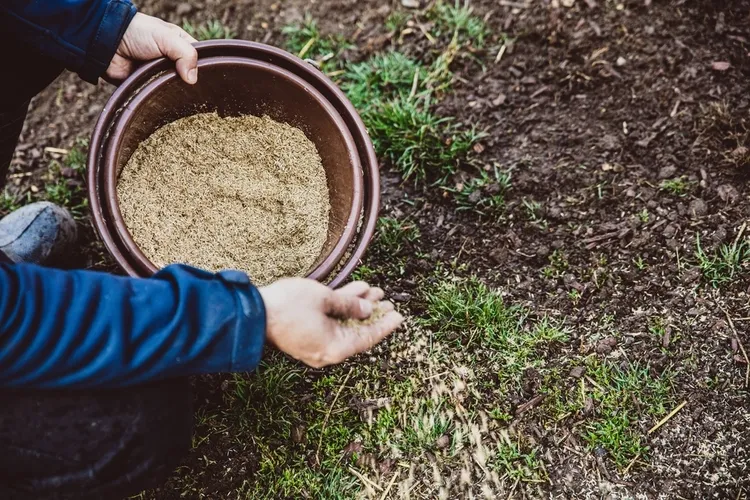Can you plant grass in November? Are the temperatures suitable? Is it possible to sow anywhere? The answers to all your questions.
Can You Plant Grass in November?

While the penultimate month of the year is not generally conducive to gardening, some work can still be done in the garden in November. For example, there are shrubs to plant, vegetables to sow, and even some plants to be pruned. But what about the lawn? Can we sow it now to benefit from it in spring? Believe it or not, the answer is yes, but it depends on where you live.
As a general rule, there is no prohibited period for lawn planting. However, the two most favorable periods for planting grass are September and April-May. Seeding from June to August is also possible, but you must water frequently. Finally, sowing can be done until the end of November, provided that you live in warmer areas. One condition is necessary: the earth must be relatively warm, and it must not drop below 10°C/50°F. On the other hand, if you are located in the colder regions, wait until April.
- Caution: Avoid planting your lawn in windy conditions, as then you run the risk of seeds flying away and planting will not be effective. Do not plant when the soil is wet or muddy.
The advantages of sowing grass in November:
What advantages does planting grass in November offer? Firstly, the soil temperature allows seedlings to develop in depth. Secondly, the presence of weeds is quite limited and thirdly: frosts are still far away. In addition, as rains become more and more frequent, there is no need to water. The first shoots will emerge before going into winter rest, which will make them resistant to the cold. This will ensure your new lawn will be beautiful and robust in spring.
Can You Plant Grass in November & How to Sow It?

As you probably already know, the first step is to prepare the soil by turning it over to loosen it. Remove stones, clods and roots if there are any. Then broadcast the seed, making sure not to sow twice in the same place. Take the rake and cover your grass seed with 1 cm/0.39 in of soil, working carefully to avoid moving the seeds too much. A good idea would be to wear flat shoes that won’t leave deep marks where the seeds can collect. The first thing to do after planting is to water immediately in a light rain.
